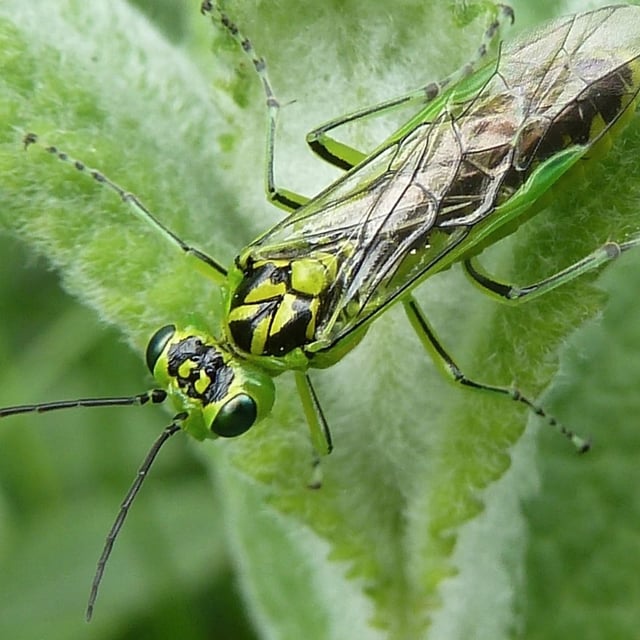Overview
- Researchers at Heriot-Watt and partners report in Bioinspiration & Biomimetics that sawfly ovipositors act as passive selective cutters that slice soft tissue and divert tougher structures.
- The team scaled the mechanism 400 times and showed on tissue-mimicking substrates that it follows an ultimate stress threshold, cutting below the threshold and displacing materials above it.
- Electron microscopy and 3D imaging of Rhogogaster scalaris and Hoplocampa brevis revealed tooth geometries where fine serrations and larger protrusions jointly produce the selective action.
- An analytical model explains how geometry and material interactions, not sensors or computing, drive the reciprocating, selective cutting observed in the insect tool.
- Surgeon surveys cited visibility and inadvertent damage concerns, and the researchers are seeking funding and clinical collaborators to prototype instruments, with no clinical devices or trials yet in place.

